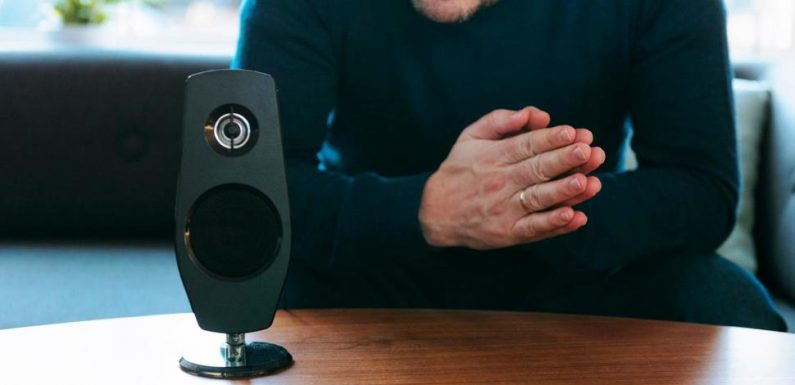

According to the latest studies from the Alzheimer’s Association, someone develops dementia every 66 seconds. That means in the 10 minutes it takes to read this article, nine new cases will appear. This number is on the rise, too – by the middle of the century, experts predict one new case of the disease every 33 seconds.
Dealing with the implications of dementia is a terrible burden not only for the afflicted, but for the families who care for them. Few things in life are as painful as watching a loved one lose their mental faculties, and few things are as worrisome as leaving those affected on their own, even for a short time.
Smart home technology can help relieve that worry, if only by a small amount. While some medical alert companies have systems specifically designed to make independence easier for patients, these systems tend to cost exorbitant amounts of money – sometimes $150 per month or more. But an expensive system isn’t always the answer: Basic smart home components can provide safeguards and alerts. Here are the top smart home features to consider for these loved ones.
1. Smart Locks
Smart locks track the opening and closing of the door, and they can trigger alerts during specific periods. This is especially helpful in homes with someone with dementia, who may tend to wander, sometimes even out of the home. In October, for example, Maryland police found a 78-year-old woman wearing pajamas; she had wandered out during the night while her daughter was asleep. The woman was unharmed, but the situation could have been much worse.
Smart locks also track when the door is locked and unlocked. The locks can be configured to send alerts if the door is unlocked during specific periods of time, such as between 10 p.m. and 6 a.m. These locks can serve as the first line of defense against dementia-induced wandering.
2. Motion Sensors
Alzheimer’s sometimes causes people to forget details as small as where the light switch is located. A properly placed motion sensor can automatically turn on the lights to help prevent falls and light an area.
3. Wearable Devices
Around one-third of people over the age of 65 will fall each year, and that number only increases with age. About half the population over the age of 80 will fall each year. While falling poses little risk to younger, healthier people, even a minor fall can be devastating to seniors, especially if they’re unable to stand up afterward.
Wearable devices with accelerometers can track movements and alert monitoring stations when the wearer falls. Some of these devices, like Life Alert, are already well known – but contract-less, affordable options are becoming more common. Some wearables are combined with GPS trackers that allow caregivers to monitor a loved one’s location in the event of someone wandering off.
4. Voice Control Assistants
Voice-activated devices pick up sound from across a room and can be given a variety of orders.
With the recent release of the Google Home Mini and the Amazon Echo Dot, AI assistants are more accessible than ever. The real value lies in the ability some of these devices have to conduct phone calls with only voice input. The sensitivity of the microphones allows the units to detect commands from anywhere in the room.
If a patient falls and is unable to stand, they can’t reach their phone for help – but they can tell the Google Home unit to call a loved one. Even if they’re unable to be heard on the call, the act alone could raise enough concern for help to arrive.
5. Exterior Security Cameras
Motion-activated security cameras are usually used to help keep someone out of the home, but they can be helpful for tracking movement through the yard. For instance, many older people enjoy sitting outside and reading or spending time gardening. The cameras would send a notification when motion is detected in the yard, allowing loved ones to check in from time to time.
A common symptom of Alzheimer’s is paranoia, so the peace of mind provided by a security camera can be reassuring to people living with this affliction.
6. Smart Sensors
The idea of a loved one forgetting to turn off the stove is a frightening prospect for many caregivers. Even if a fire is not a risk, stoves can release gas vapors into the home and make it a dangerous scenario. New devices can connect appliances to a smart home hub. If no motion is detected around the stove for a given amount of time, the stove will automatically turn off. Users can also shut off the stove from the mobile app.
Alzheimer’s and dementia is the sixth leading cause of death in the United States – the fifth in people over the age of 65. While we wait for a cure, we can help these patients retain some of their independence while loved ones can regain some peace of mind.
courtesy= health.usnews,com

